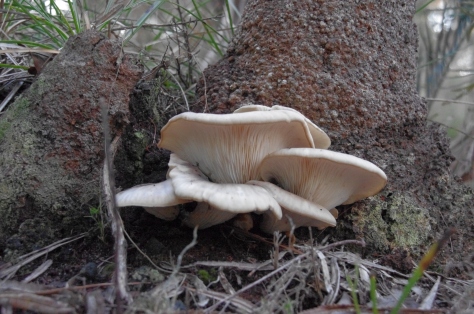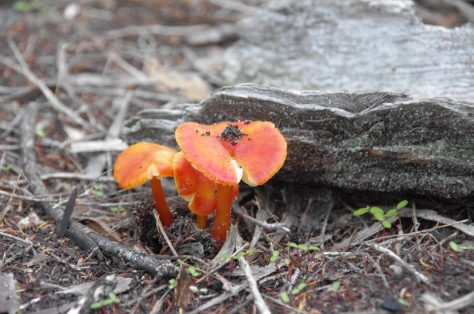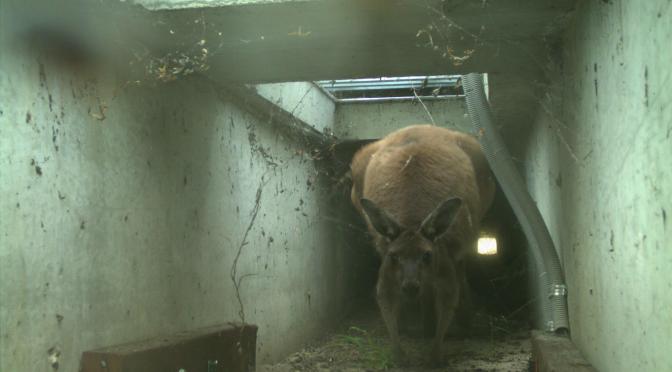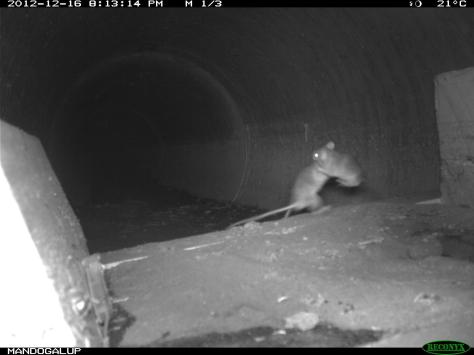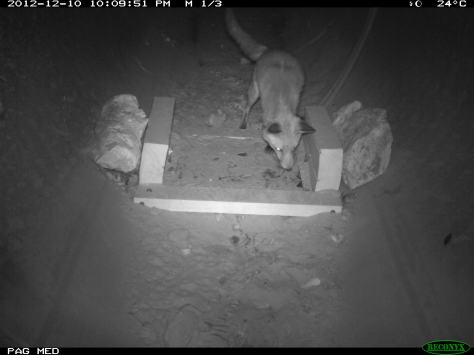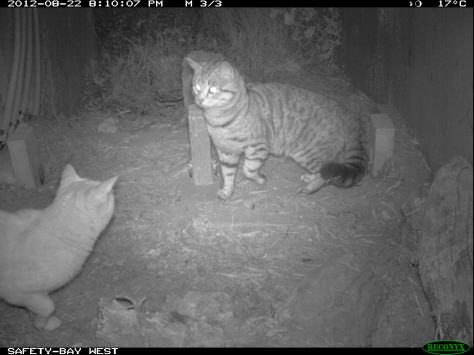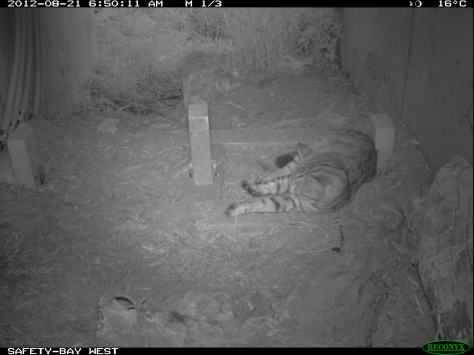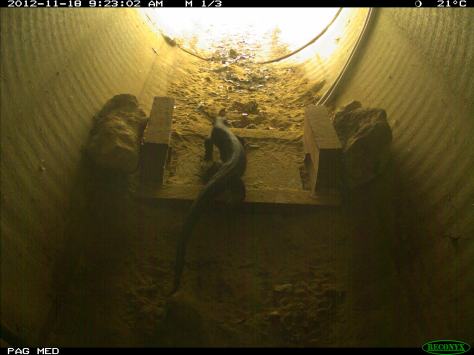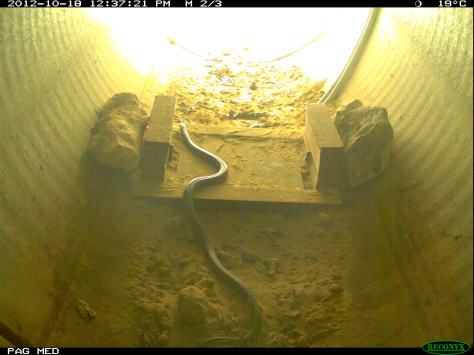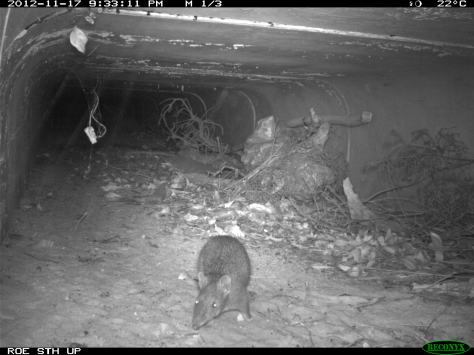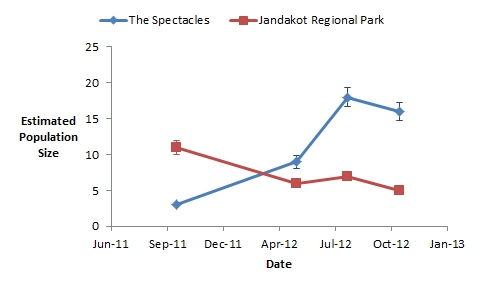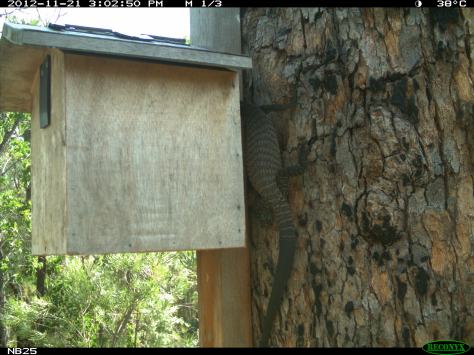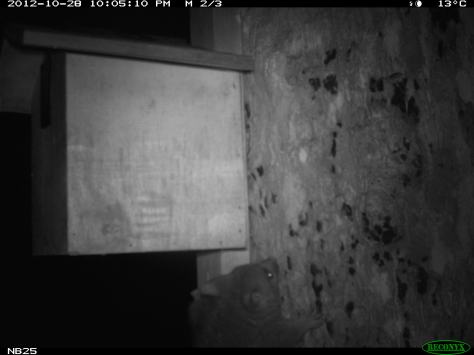We’re back to the animals now, unless some more cool plants or fungi turn up 🙂
The last two weeks have been spent trapping at Paganoni Swamp and Keralup and a successful two weeks it was. The captures at the two sites went as follows:
Quenda: 4 at Paganoni Swamp, 15 at Keralup
Brushtail possums: 8 at Paganoni Swamp, 3 at Keralup
Brush-tailed phascogales: 3 at Paganoni Swamp
Bobtails: 1 at Paganoni Swamp
Rats: 3 at Paganoni Swamp, 24 at Keralup
The quite exciting development out of this trapping with the capture of the 4 quenda along the eastern boundary of Paganoni Swamp. I’ve been trapping in this area for 3 years now and have put in approximately 2500 trap nights prior to this trapping and in all of that time I have only caught 3 quenda in that area. So to capture 4 in one week is really exciting. Exactly where the animals have come from is unknown at this stage, the two possibilities are that they have moved into Paganoni from Keralup by using the fauna underpasses (which quenda have been doing more frequently over the past 6 months) or they may be from Paganoni and have expanded the areas that they are using so that they are now encountering my traps. There is a swampy area just to the west of my trapping grids where the quenda may be expanding from. Either way its really good to see them turning up in the area so hopefully I will see more of them when I come back to trap again in the spring.
Trapping 3 phascogales was also really nice, all three were female and they had not yet given birth, but they must only be a matter of days off from doing so now.
I’m starting at Walyungup and Cooloongup Lakes this week so it should be a case of lots more quenda and hopefully not too many rats.



